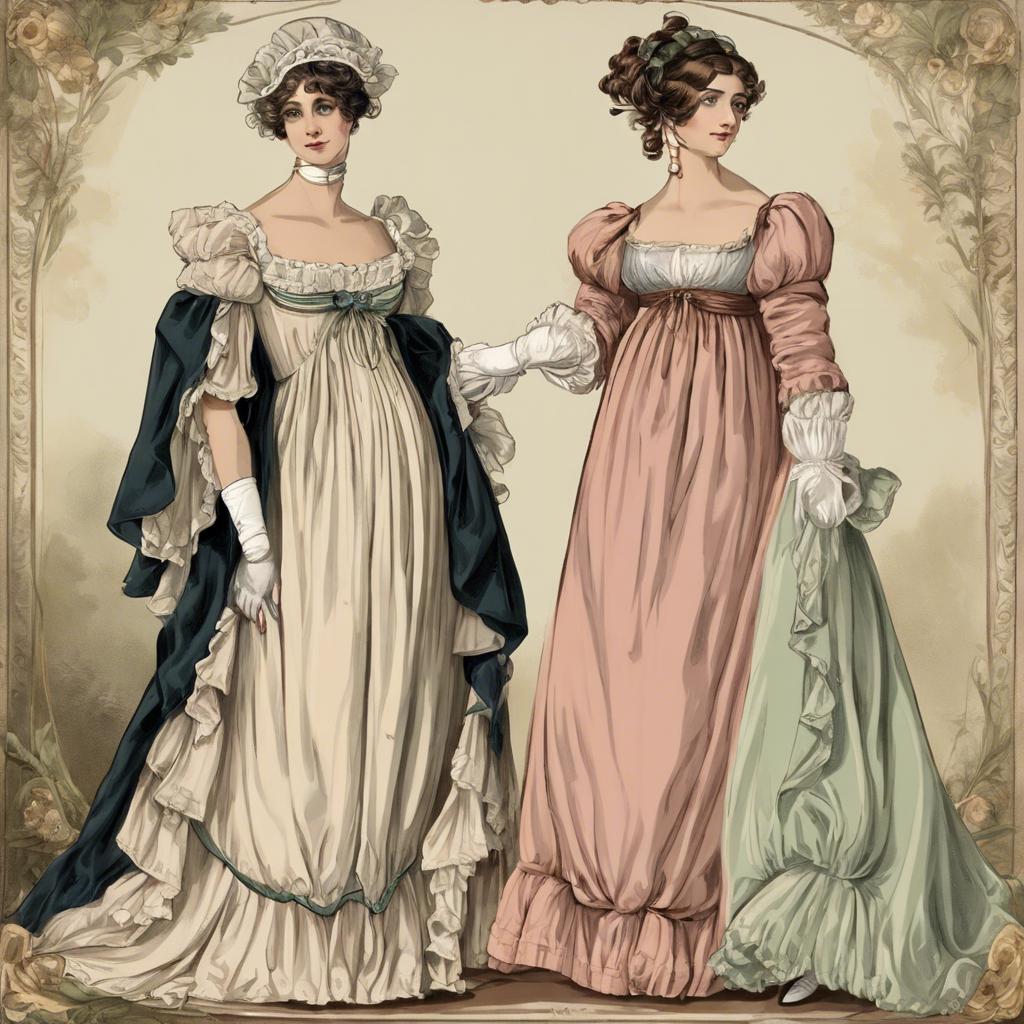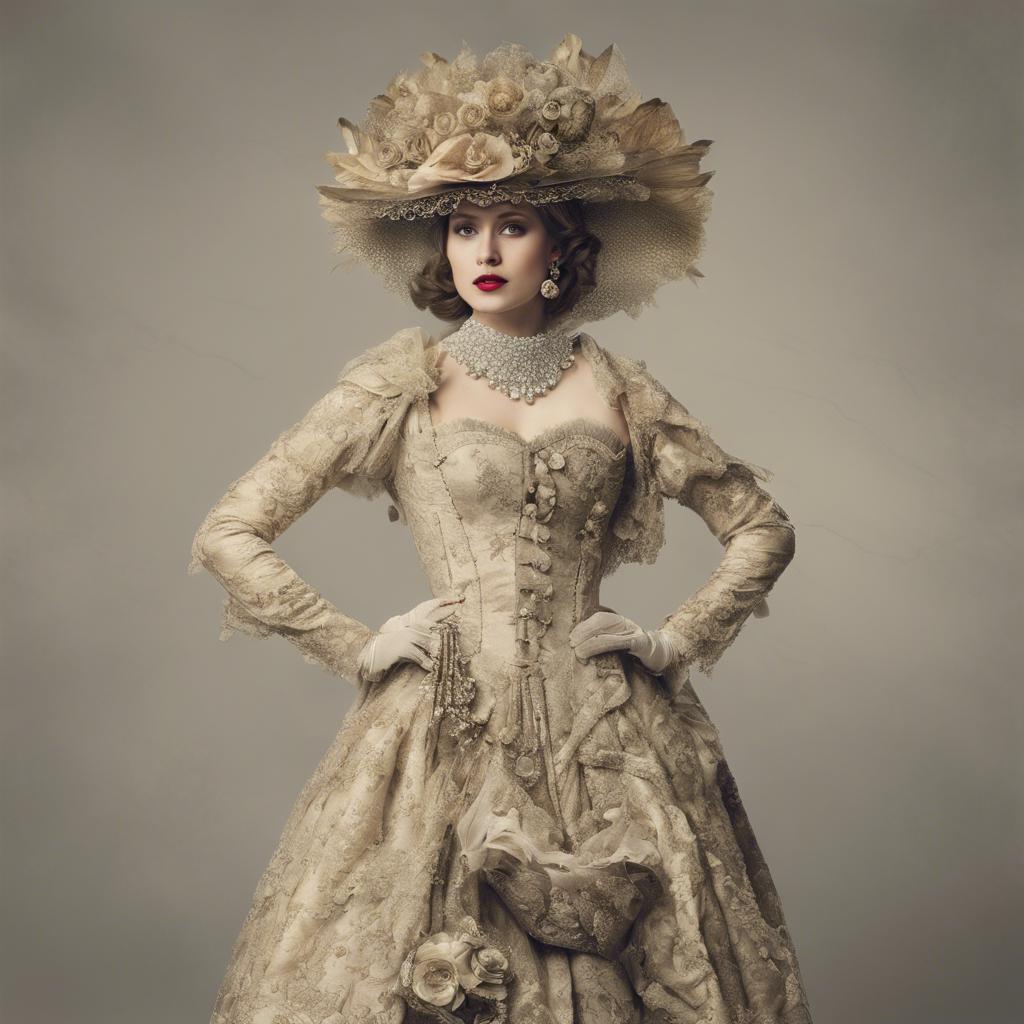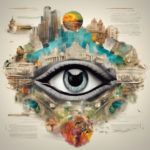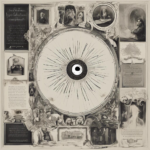During the early 19th century, fashion in the Regency era marked a significant departure from the ornate and elaborate styles of the preceding Georgian period. Characterized by simplicity, elegance, and a nod to the classical influences of ancient Greece and Rome, Regency era attire reflected the cultural and political changes of the time. In this article, we will delve into the intricate details of Regency fashion, exploring the key elements that defined this iconic era in sartorial history. From the flowing lines of the Empire silhouette to the lavish use of fabrics and accessories, join us as we journey back in time to discover the allure of Regency era attire.
Step Into the World of Cheryl Bolen
Dive into the enchanting stories of love, intrigue, and elegance set in the Regency Era. Cheryl Bolen's novels offer timeless romance and captivating tales that will leave you wanting more.
Explore Cheryl Bolen's Books Now
Introduction: The Elegance and Sophistication of Regency Era Attire
The Regency Era, spanning from 1811 to 1820, is known for its exquisite and sophisticated attire that reflected the elegance of the time. Fashion during this period was heavily influenced by the style of clothing worn by the British elite, particularly in London society.
Regency era attire was characterized by its lightweight fabrics, flowing silhouettes, and intricate embroidery. Women’s fashion focused on empire waistlines, high necklines, and delicate details such as lace and ribbons. Men’s clothing, on the other hand, featured tailored coats, waistcoats, and breeches, all designed to showcase a refined and dapper appearance.
Accessories played a vital role in completing the Regency era look. Women adorned themselves with pearl necklaces, silk gloves, and elaborate headpieces, while men accessorized with top hats, walking sticks, and pocket watches. The attention to detail in both clothing and accessories truly highlighted the elegance and sophistication of Regency era attire.
Fashion Trends: From Empire Waistlines to Ruffled Hemlines
In the Regency era, fashion trends were characterized by elegant and intricate designs that highlighted the grace and femininity of women. Empire waistlines were a popular style during this time, emphasizing the natural waistline and creating a flattering silhouette. Women would often wear flowing dresses made of lightweight fabrics such as muslin or silk, adorned with delicate embroidery or lace detailing.
Ruffled hemlines were another distinctive feature of Regency era attire, adding a touch of romance and whimsy to the overall look. Dresses would often feature layers of ruffles at the hem, creating a voluminous and ethereal effect as women moved. These intricate details were a testament to the craftsmanship and attention to detail that were valued in fashion during this period.
Accessories played a significant role in completing the Regency era look. Women would often wear delicate bonnets adorned with ribbons and flowers, as well as gloves and parasols to protect themselves from the sun. Jewelry was simple yet elegant, with pearls and cameos being popular choices to accessorize the refined and sophisticated ensembles of the time.
Fabrics and Colors: Exploring the Luxurious Textiles and Shades of Regency Fashion
In the Regency era, fashion was a statement of elegance and sophistication, with luxurious textiles and rich colors defining the attire of the period. From delicate muslin to sumptuous silk, Regency fashion embraced a variety of fabrics that added a touch of opulence to the clothing of the time. Embroidered details and intricate lace accents further enhanced the beauty of these textiles, creating a truly exquisite look.
Fabrics of the Regency era:
- Muslin: Known for its sheer and lightweight quality, muslin was a popular choice for Regency gowns and dresses.
- Silk: Silk fabrics, such as taffeta and satin, were highly prized for their lustrous sheen and smooth texture.
- Velvet: Rich velvet was often used for evening wear, adding a luxurious touch to formal attire.
- Lace: Delicate lace trims and overlays were used to adorn necklines, sleeves, and hems, showcasing the intricate craftsmanship of the time.
Colors of Regency fashion:
- Pastels: Soft shades of pink, blue, and lavender were favored for daywear, exuding a sense of femininity and grace.
- Jewel tones: Rich hues like emerald green, sapphire blue, and ruby red added a touch of sophistication to evening attire.
- Neutrals: Timeless colors such as ivory, beige, and black provided a classic foundation for Regency ensembles, allowing the focus to be on the intricate details of the garments.
Exploring the luxurious textiles and shades of Regency fashion reveals the exquisite craftsmanship and attention to detail that defined this elegant period in history. Whether adorned in delicate muslin or sumptuous velvet, the men and women of the Regency era made a lasting impression with their impeccable sense of style and refinement.
Accessories and Hairstyles: Completing the Regency Look with Elaborate Details and Styling
In the Regency era, accessorizing and styling your hair were essential elements in completing your overall look. Accessories such as fans, gloves, reticules, and shawls were popular choices for adding elegance and sophistication to your outfit. These items were often crafted with intricate details, such as embroidery, lace, and tassels, to complement the delicate fabrics and pastel colors typical of Regency fashion.
When it came to hair, the Regency era favored natural, soft curls and intricate updos adorned with ribbons, feathers, flowers, and tiaras. These elaborate hairstyles were often achieved with the use of hairpieces and accessories such as hairnets, combs, and hairpins. Women would spend hours perfecting their coiffures to achieve the height and volume that was fashionable at the time.
To recreate the Regency look today, consider incorporating these elaborate details and styling techniques into your outfit and hairdo. Opt for accessories that feature delicate embellishments and fine craftsmanship, and experiment with different hairstyles that showcase the elegance and femininity of the era. By paying attention to the smallest details, you can truly embody the grace and sophistication of Regency fashion.
Final Thoughts
the regency era was a time marked by elegance and refinement in fashion. From the high-waisted empire gowns to the tailored coats and breeches for men, the attire of this period reflected the societal norms and values of the time. Today, the regency era attire continues to inspire fashion designers and enthusiasts alike, serving as a timeless reminder of the beauty and grace of a bygone era. Embrace the sophistication and charm of regency fashion in your wardrobe, and let the spirit of the past infuse your present-day style with a touch of historical elegance.


